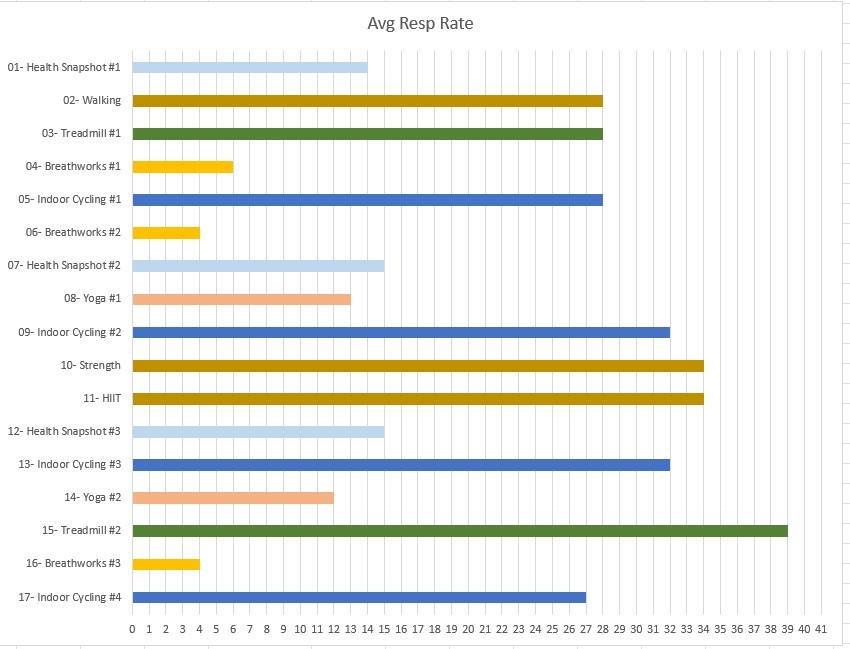New Epix gen 2 user (just upgraded from Fenix 5).
Respiration rate just sits between 13 and 15. If I do a heath snapshot for two minutes it just never changes no matter how quickly or slowly I breath. If I exercise it just never changes. I’ve tested it by breathing between 5 and 30 breaths per minute… still just records between 13 and 15.
I’ve tried the watch on both wrists and from loose to tight. Still no correlation to my actual respiration rate.
Have any users actually managed to get this to reflect how fast they are actually breathing? Am I doing something wrong?
As one of the few metrics which is easy to check the accuracy of, this complete failure to record any sensible respiration data puts serious doubt in my mind as to whether HRV, pulse ox, stress etc etc are even vaguely working or whether they are just made up features.




